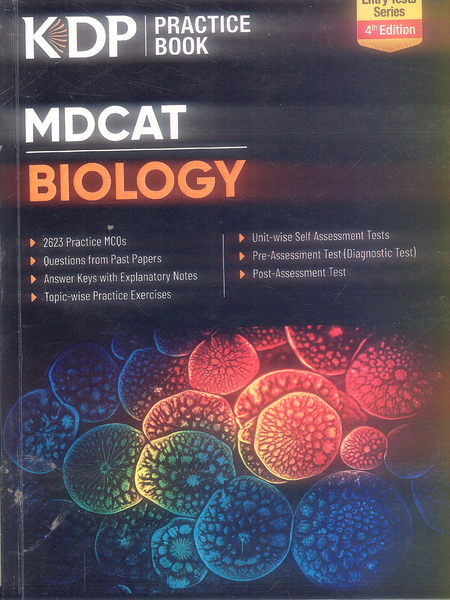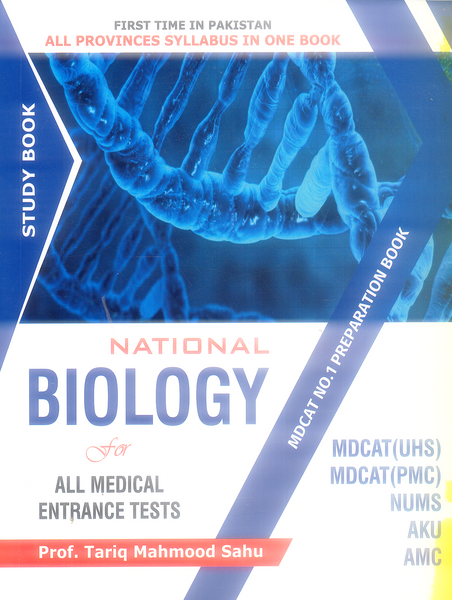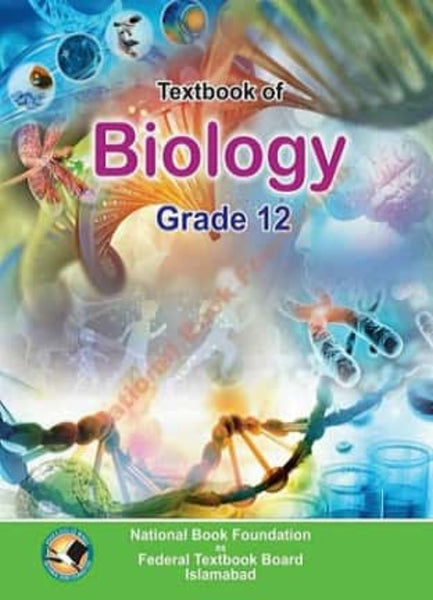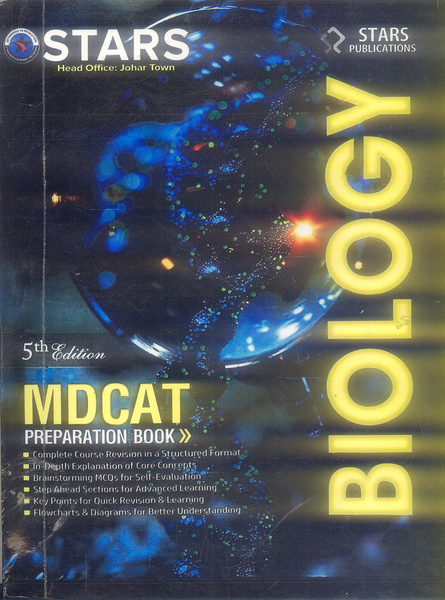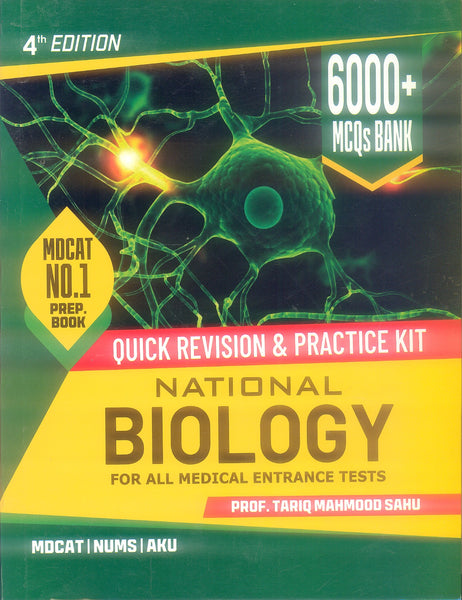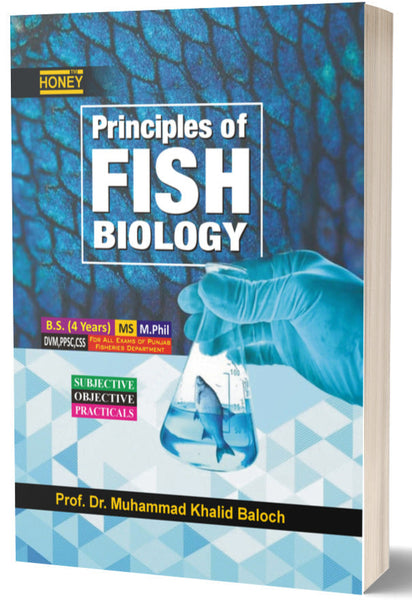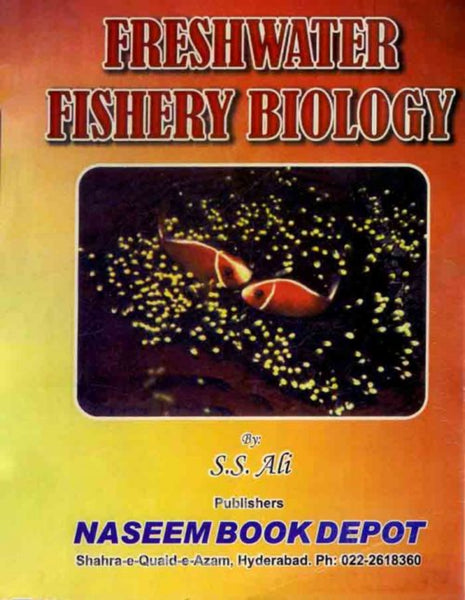Ecology: The Experimental Analysis of Distribution and Abundance 6th Edition
- Publisher: BIOLOGY
- Availability: In Stock
- SKU: 44790
- Number of Pages: 652
Rs.1,350.00
Rs.1,795.00
Tags: Behavioral Ecology , best books , Best Price , Best Selling Books , Biodiversity , Carrying Capacity , Charles J Krebs , Community Ecology , Conservation Biology , Distribution and Abundance , Ecological Footprint , Ecological Modeling , Ecological Niches , Ecological Succession , Ecology , Ecology 6th Edition , Ecosystem Ecology , Environmental Science , Evolutionary Ecology , Experimental Ecology , Food Webs , Genetic Diversity , Global Warming , Habitat Fragmentation , Habitat Loss , Human Impact on Ecosystems , Invasive Species , Landscape Ecology , Limiting Factors , Marine Ecology , Metapopulations , ONLINE BOOKS , Online Bookshop , Population Ecology , Predator-Prey Relationships , Resource Partitioning , Restoration Ecology , Species Extinction , Species Interactions , The Experimental Analysis of Distribution and Abundance , Trophic Levels
Ecology: The Experimental Analysis of Distribution and Abundance (6th Edition)
Author: Charles J. Krebs
Introduction
Ecology: The Experimental Analysis of Distribution and Abundance by Charles J. Krebs is a comprehensive guide to the principles of ecology, focusing on the factors influencing the distribution and abundance of organisms. The 6th edition integrates theoretical and experimental approaches, presenting real-world case studies and data analysis techniques to explore ecological patterns and processes. Krebs emphasizes the importance of experimental methods in understanding ecological dynamics, making the book an essential resource for students and researchers in ecology and environmental science.
Key Points
- Foundations of Ecology: Introduces basic ecological principles, including species interactions, population dynamics, and community structure.
- Experimental Approach: Focuses on how experiments are used to test ecological theories and understand species distribution and abundance.
- Population Ecology: Covers population growth, regulation, and interactions between species (e.g., competition and predation).
- Community Ecology: Examines species diversity, community structure, and the effects of environmental changes.
- Ecosystem Dynamics: Discusses energy flow, nutrient cycling, and the role of ecosystems in maintaining biodiversity.
- Conservation and Human Impact: Addresses human influences on ecosystems, habitat destruction, and climate change.
- Data and Analysis: Includes statistical methods and case studies for analyzing ecological data.
Why Read This Book
- Provides a clear and structured introduction to ecological principles.
- Emphasizes the importance of experimental design in ecological research.
- Combines theoretical concepts with practical case studies and data analysis.
- Updated with current ecological research and challenges, including climate change.
- Useful for students, researchers, and professionals in ecology, conservation biology, and environmental science.
Conclusion
Ecology: The Experimental Analysis of Distribution and Abundance is a foundational text that combines scientific rigor with practical insights, helping readers develop a deeper understanding of ecological processes. Its focus on experimental analysis makes it an invaluable resource for anyone studying or working in the field of ecology.



